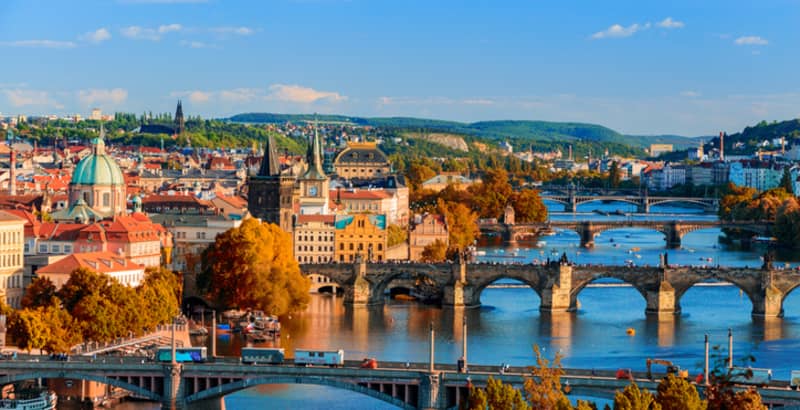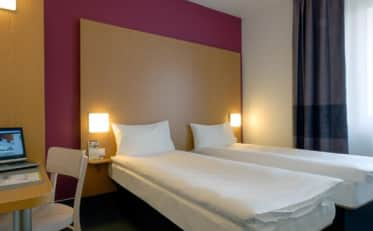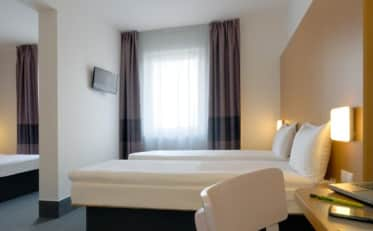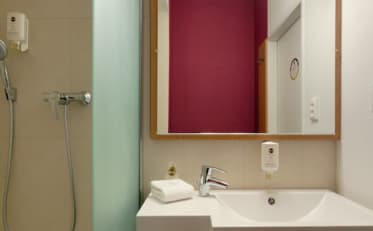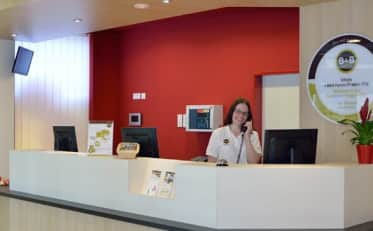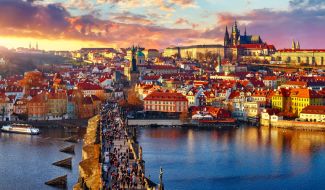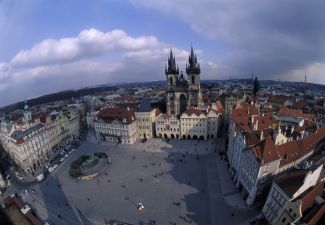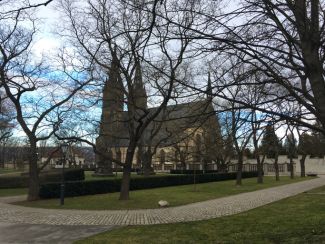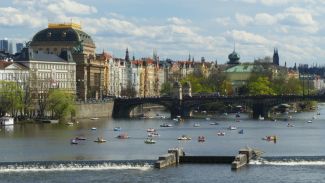
Charles Bridge
Whether you visit alone in the early morning mist or shoulder your way through the afternoon crowds, crossing Charles Bridge is the quintessential Prague experience. Built in 1357, its 16 elegant arches withstood wheeled traffic for 500-odd years - thanks, legend claims, to eggs mixed into the mortar - until it was made pedestrian - only after WWII. By day, the famous baroque statues stare down with stony indifference on a fascinating parade of buskers, jazz bands and postcard sellers.
110 00 Praha 1, Czechia





















